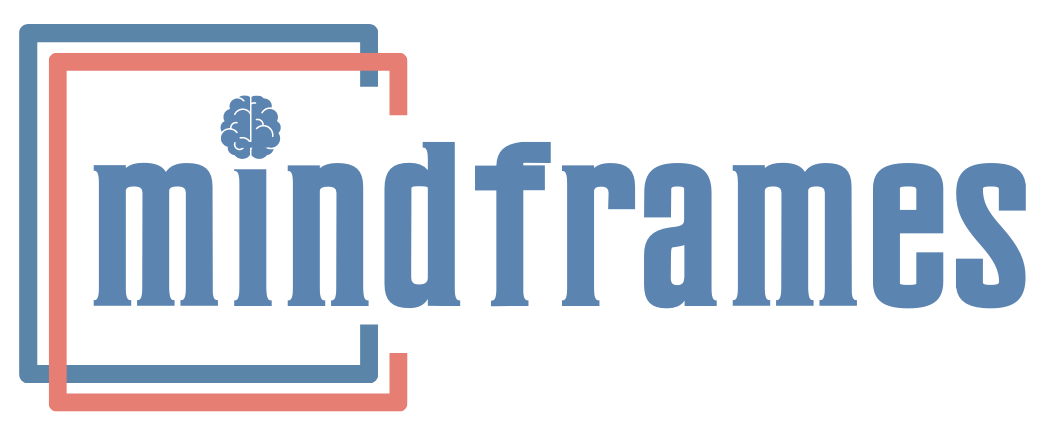Communication Skills Training
What is Communication?
In business as well as personal life, exchange of ideas and relay of information is critical. More so at work, conveying viewpoints that translate into meaningful discussion, intellectual debate, persuasive dialogue and innovative action is what will determine both individual and organizational success.
Communication also relays intent. We articulate our own goals by converting them into a message and then send it out through verbal (words, sounds, typed messages) or non-verbal (gesture, look or action) means. The recipient must not only receive the message, but also interpret it appropriately in order to grasp its right meaning. All of this seems so simple, and yet so much can go wrong in so many steps of this modest but complex process at work.

How Do Employees Communicate?
Employees often make the mistake of focusing on what they want to say and struggle over ways to say it. If only they switched focus on what other people want to hear. Communication always has some motivation attached. When people want to collaborate, they communicate in a prosocial manner whereas if they’re seeking a battle, they’ll adopt a more rebellious style. At the same time, the message can be sent discreetly (direct) or covertly (indirect). This produces 4 styles of communicating. Let us see how each of these works.
Direct Opposition
Indirect Opposition
Indirect Collaboration
Direct Collaboration
This is a mature collaboration with reasoning and negotiation. It works on democratic principles with meaningful discussions. The stance here is of cooperation.
Unhappy Employees = Unhappy Business
Impaired communication is a large contributor to stress, which is largely underestimated at work. Happy and relaxed employees are nearly 12% more productive than unhappy professionals. They enjoy holistic health, have smooth professional and personal relationships, and prove to be more beneficial for the organization. Happier workplaces raise sales by 37%, productivity by 31% and overall wellness by 45%. Employees come in many psychological varieties. Screening for communication styles and communication skill proficiency can offer a realistic view of the organizational communication climate and ways can be worked to better this at an individual and executive level.
How Can Employees Communicate Effectively?
Communication is such an instinctive and natural phenomenon. A formula cannot be applied when speech is expected to be spontaneous. But internalization of skills eventually becomes an innate style. For example, few people are aware that body language contributes more than the smartness of content (according to Forbes) in presentations. And for recipients, active listening plays a vaster role in understanding and absorption of what is delivered.
Empathy in interpersonal communication between colleagues outside of work, enhances concordant communication within their projects. Interaction, cooperation and collaboration influence not only trust and wellness among employees, but also reflect on the brand value and professionalism in general. Making skill delivery part of workplace curriculum changes the organizational climate and employees begin to breathe empathy and respect for each other.
Teaching Communication Skills
Program Focus
- Impact, persuasion, inspiration
- Interpersonal effectiveness
- Four communication styles
- Diverse business audiences
- Moving an audience to action
- Personal leadership styles
- Empathy and authenticity
- Impromptu message delivery
- Delivering difficult messages
Essential Skills
- Active and empathic listening
- Genuine, respectful interaction
- The importance of eye contact
- Nonverbal communication
- Clarity, precision and concision
- Friendliness and politeness
- Open-mindedness to feedback
- Situational style modulation
- Assertiveness and confidence
MindFrames Workshop Style with Dr Shefali
MindFrames workshops are not isolated events. Humans lose 80% of what they listen to in ordinary conversation as well as lectures and presentations. Memory laws insist that reinforcement is imperative to cement ideas and values into the consciousness as well as subconscious automated mind.
That is why we like to precede workshops with an online assessment tool that employees complete confidentially and get individualized reports. This builds an appetite for the subject and raises questions in curious minds. After this, the workshops and webinars disperse evidence-based information delivered in a friendly and interactive manner; and we sum it up with follow up suggestions and material to take home so they can savor and imbibe it with time.
Faulty communication styles can be unlearned, and useful styles can be taught and learned. Some of these include listening skills, assertiveness training, ‘I’ language, trust building, vulnerability management and anger processing. Though the road is arduous, the destination of fuller workplace interactions, is absolutely worth it. Mindfulness is a way to be tuned-in, and make every interpersonal interaction more meaningful.
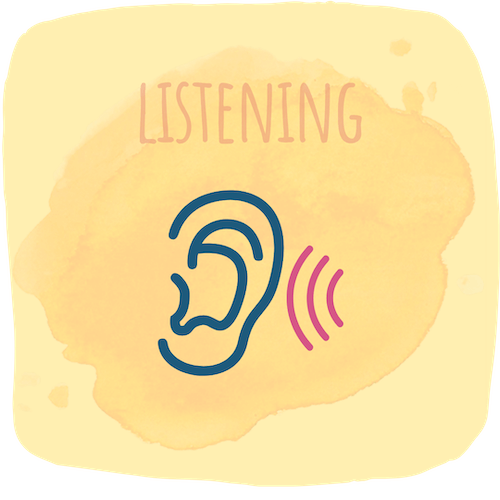
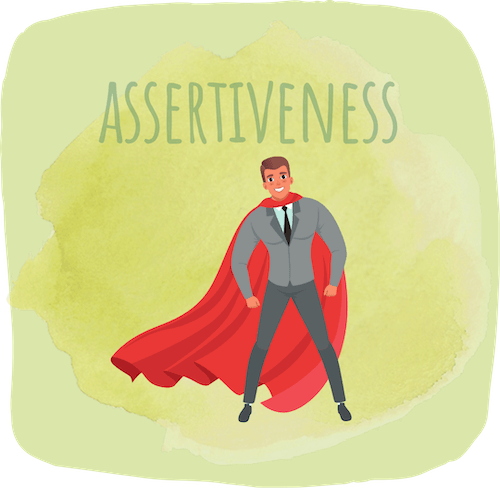
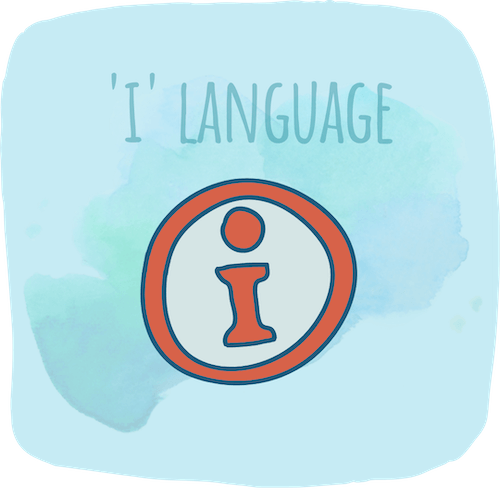

References
- Ohlagaray, R. M. (2021). Managing Conflict in Relationships: Communication Skills. Lupine Publishers. Vol. 3. Issue 3.
- Allen, M., (2017). Communication Skills. The SAGE Encyclopedia of Communication Research Methods. SAGE Publications.
- Coffelt, T. A., Baker, M. J., & Corey, R. C. (2016). Business communication practices from employers’ perspectives. Business and Professional Communication Quarterly, 79, 300-316.
Latest Posts

7 Reasons Why You Should Seek Therapy

5 Time Wasters You Need to Overcome

5 Ways To Deal With A Toxic Coworker
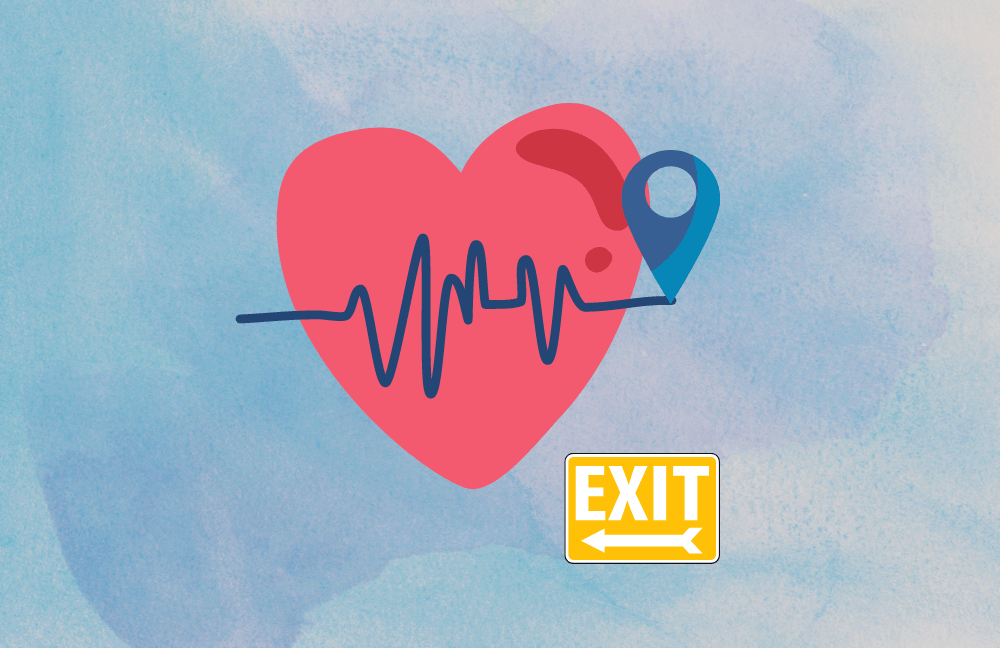
Journey: Why Is It Something No-one Talks About?

